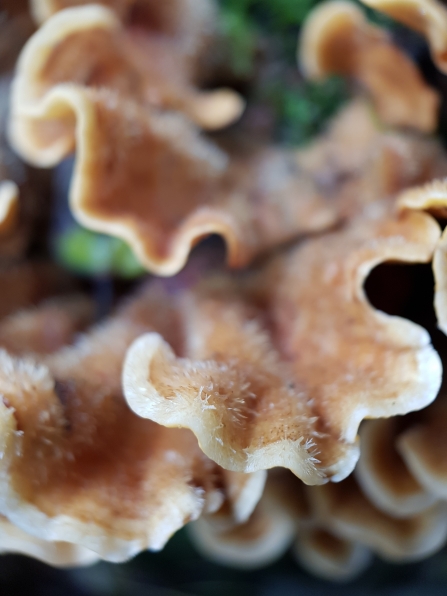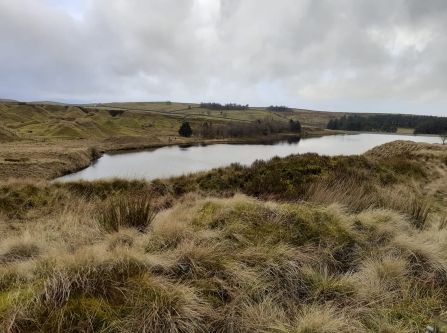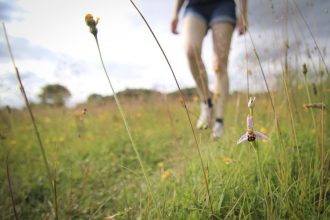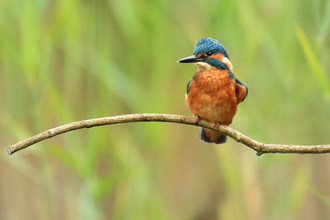We saw ducks galore and redwings a-plenty; frost glittered across our reserves and most days ended with bright pink sunsets. But that was just the beginning – read on for the best of our December wildlife sightings in Lancashire, Manchester and North Merseyside.
Brockholes
Brockholes Nature Reserve is undoubtedly one of the best winter walks in Lancashire, and in December, visiting walkers and nature-lovers were rewarded with beautiful frosty vistas. In Boilton Wood, cheeky bank voles cashed in on the bird seed scattered on tree trunks and vibrant scarlet elf cup fungi started to emerge. Kingfishers flashed sapphire blue down the Ribble and a bittern was spotted at dusk on Meadow Lake. Ducks, too, still flocked to the reserve in decent numbers, with species including goldeneye, shoveler and the famous female smew who’s been present for the past couple of months. The best time to see her is at dusk, where she flies onto Number One Pit to roost with the shovelers.
Of course, the top December wildlife sightings at Brockholes were the incredible starling murmurations. Numbers really built over recent weeks and the birds put on some spectacular shows for visitors; dancing over Number One Pit and Meadow Lake.





